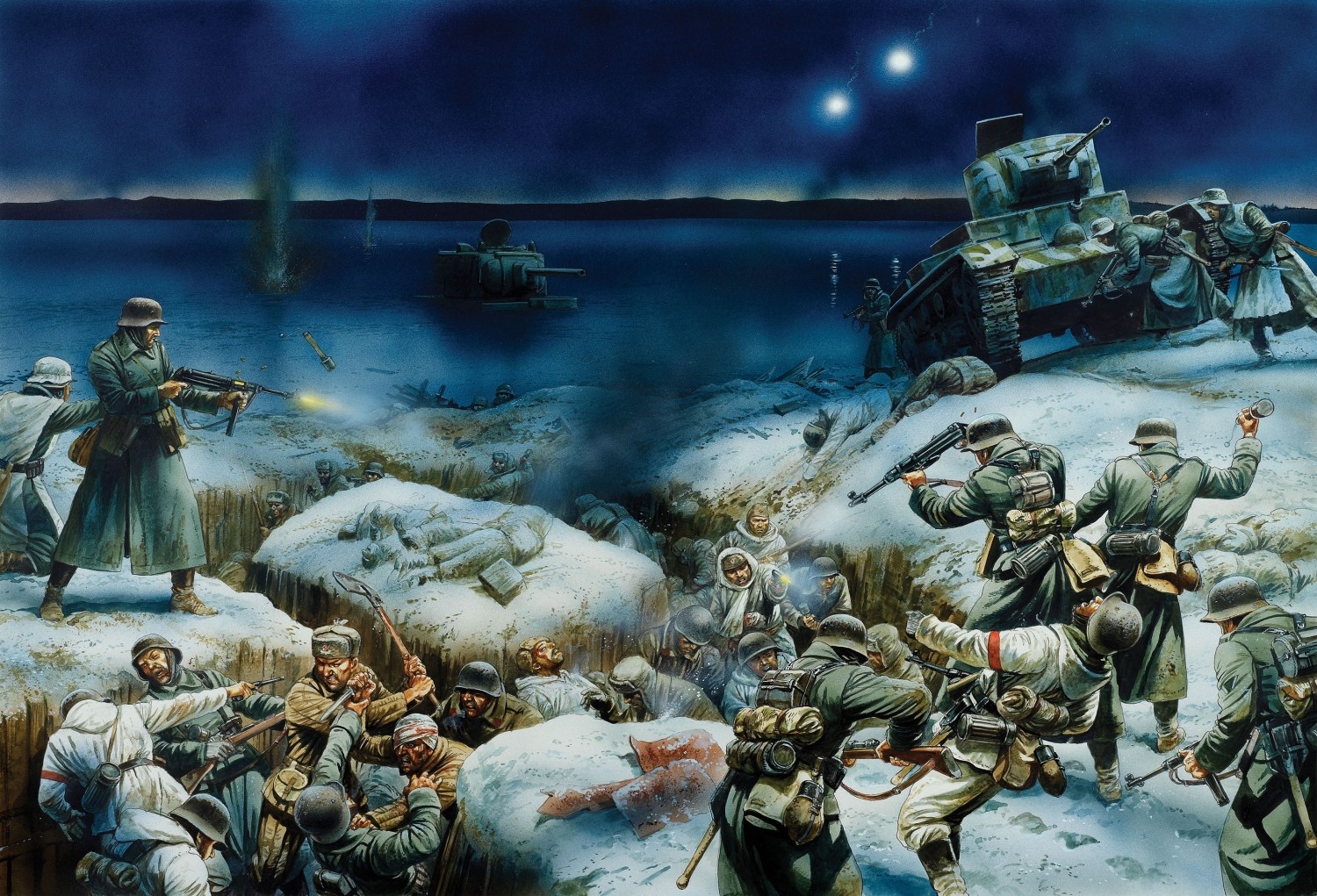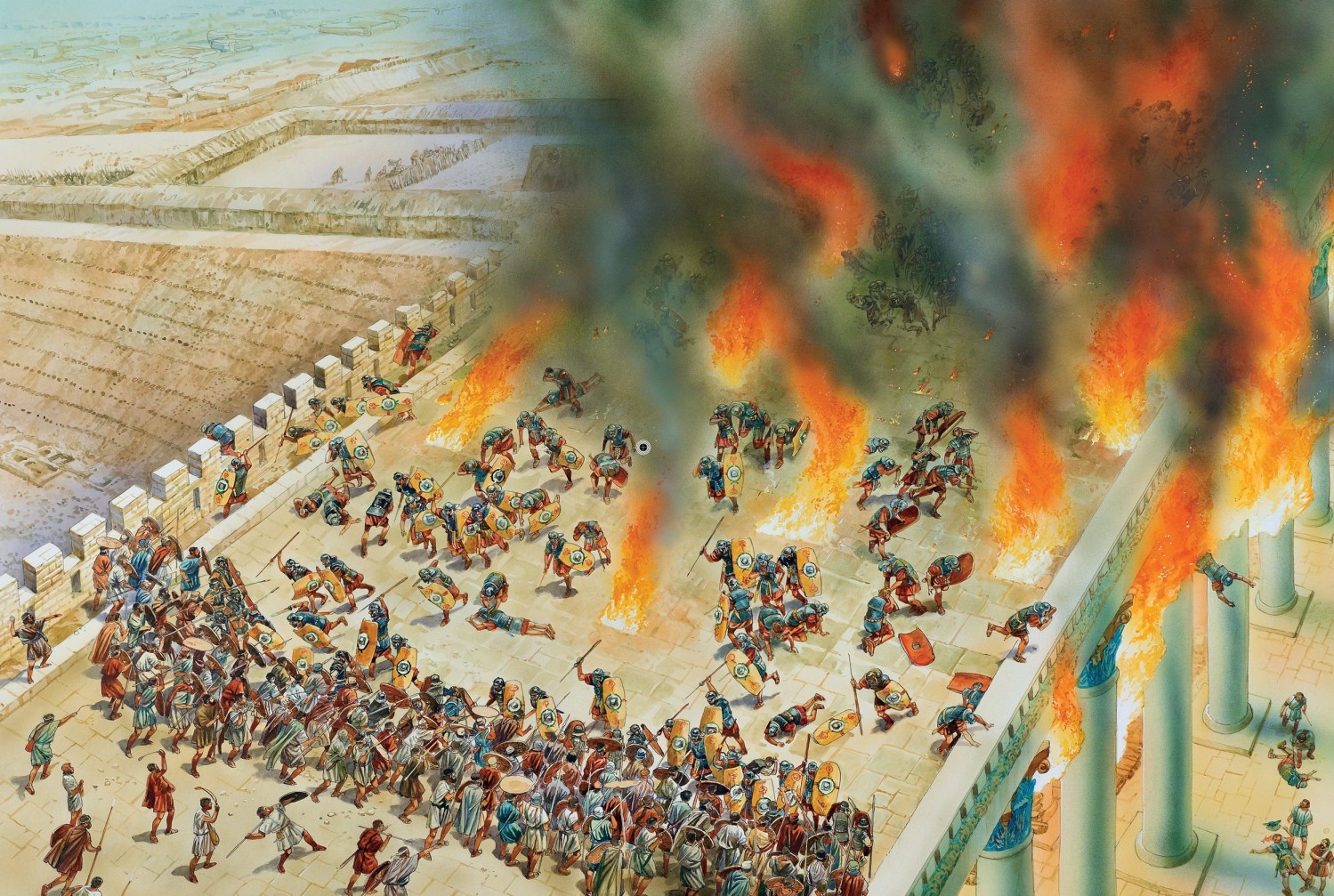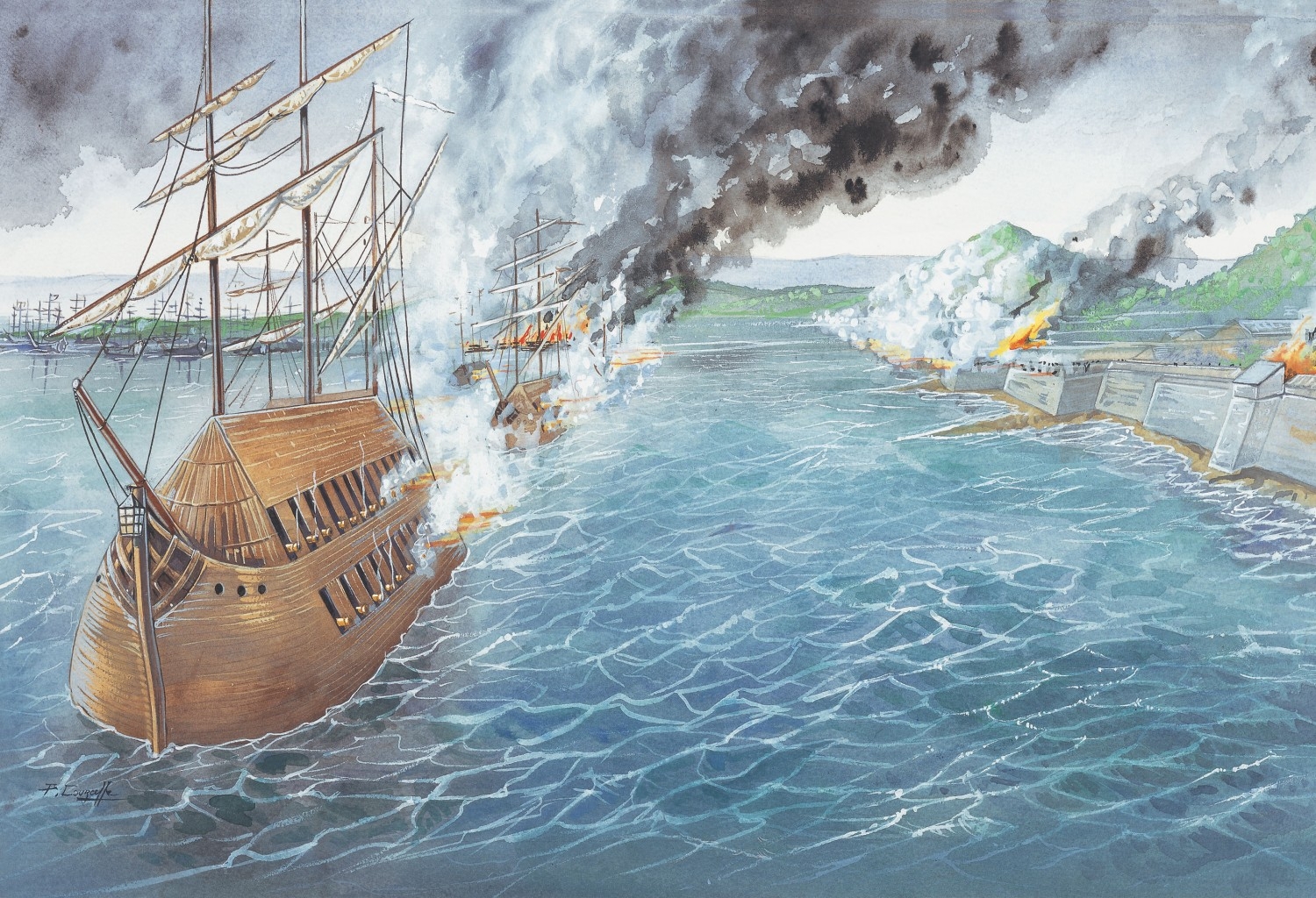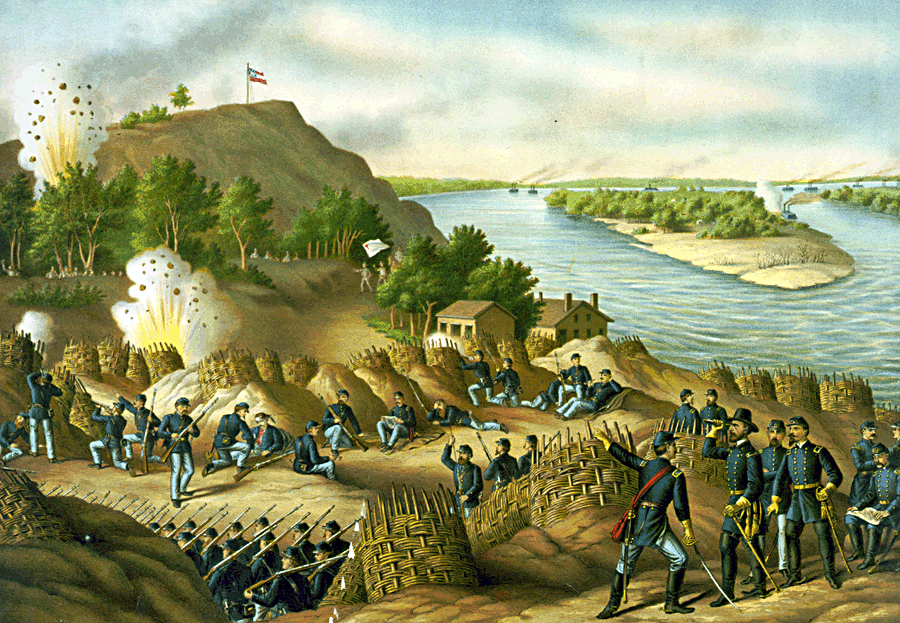Saturday 27 January marked 74 years since the Siege of Leningrad, which has had us looking back at some of the most notable sieges in military history that have been covered by us here at Osprey.
To read more about these epic sieges that changed history, click the artwork featured.
Siege of Leningrad
The Siege of Leningrad is one of the most famous sieges in military history, remembered for the sheer devastation that was inflicted upon civilians. Taking place between 8 September 1941 and 27 January 1944 on the Eastern Front of World War II, it saw the German Army Group North isolate and cripple the city and its garrison. During the two years, the city was pounded with artillery and air assaults, and despite the PVO air defence units preventing daytime attacks, September 1941 saw 475 night bombing sorties, which inflicted 4,400 casualties. The overall impact was deadly, with 1.5 million Soviets killed by combat, disease or starvation. However, breakthrough finally came in January 1944, when after 47 days of fighting, the Leningrad and Volkhov fronts advanced 300km and shattered the previously impregnable defences of Heeresgruppe Nord.
Siege of Jerusalem
Following a local disturbance in 66 AD in Caesarea resulting in a pan-Jewish revolt against the Romans, Titus Flavius was sent with 70,000 men to besiege the city of Jerusalem. Titus’s attempt to negotiate with the defenders was short-lived, and the blockade of the city resulted in civilians eating whatever they could find, which included sewage and some even turning to cannibalism. The legions remorselessly trailed the streets, strangling the life out of the defense, razing buildings to the ground. The apotheosis of the conflict was the final stand of the last holdouts in the Temple precinct, and the utter annihilation of this, the physical manifestation of Judaism itself.
The Alamo
Whilst the Siege of the Alamo is on quite a smaller scale than the others featured here, it remains one of the most famous sieges in US history. Taking place between 23 February–6 March 1836, the Alamo has become immortalised in several books, documentaries and films, with folk-hero and frontiersman Davy Crockett often taking centre stage. The siege began when Colonel William Travis and James Bowie decided to fortify the Alamo mission, but it came to a brutal end on 6 March when approximately 1,100 Mexican soldiers stormed the mission and slaughtered the garrison. ‘Remember the Alamo’ was the battle cry two months later at the decisive Battle of San Jacinto, which led Texas to independence.
Siege of Gibraltar
After Spain declared war on Britain in June 1779, it didn’t take long for them to strike Britain’s key base for naval operations in the Mediterranean. Gibraltar, located in the south of the Iberian Peninsula, was the perfect target. A French and Spanish fleet proceeded to blockade Gibraltar, whilst an infantry force began fortifications on land. Sharpshooters, canon fire, and surprise attacks kept the besiegers at bay, whilst the ingenious ‘red-hot shot’ tactics of heated cannonballs to set whole ships on fire conquered the Spanish fleet. The siege finally came to an end three years and seven months later, making it one of the longest sieges endured by the British Armed Forces.
Siege of Vicksburg
The 1863 Vicksburg campaign was a huge turning point of the American Civil War. Taking place between 18 May–4 July 1863, it was known as the ‘Gibraltar of the West’. In a masterly campaign, Union General Ulysses S. Grant used riverboats and steamers to land his army south of the city, he then trapped Confederate forces with the town of Vicksburg. Grant instructed his men to dig trenches to lay a 47-day siege against the city. Underground mines proved incredibly beneficial, and eventually the Confederates were forced to surrender.
How many of these have you read? What other sieges should we cover? Head to the ‘books you'd like to read’ box on our homepage to post your suggestions!






Comments
You must be logged in to comment on this post. Click here to log in.
Submit your comment